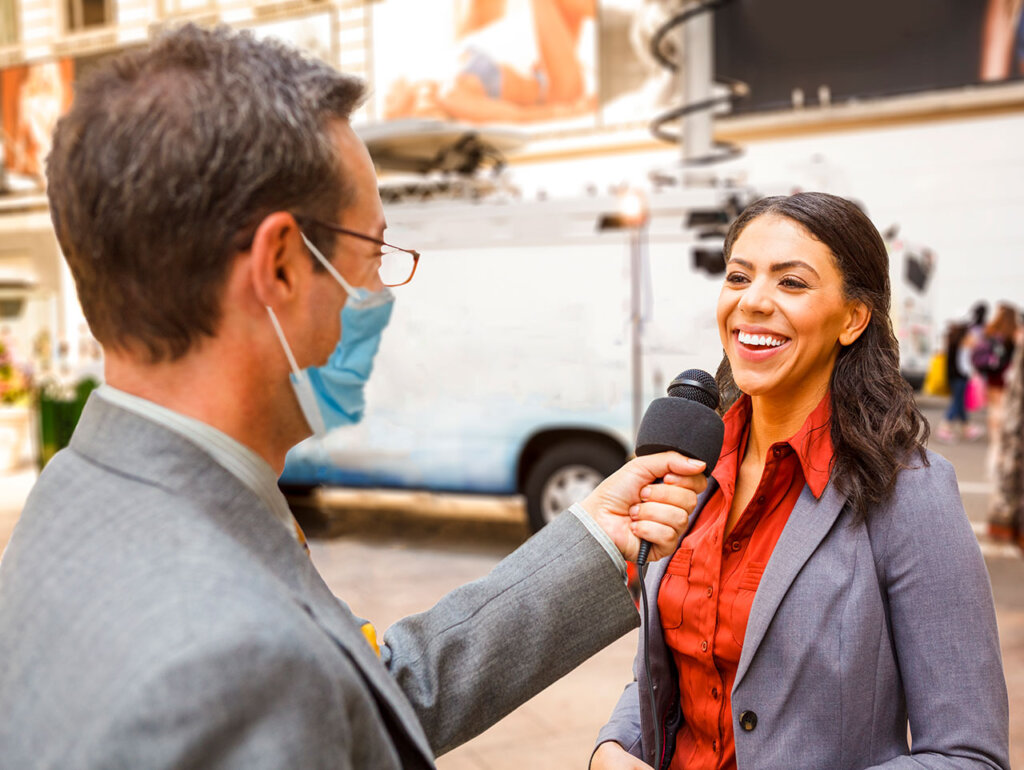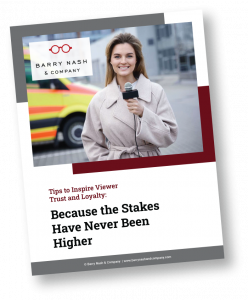A lot more, it turns out, than you might think. In fact, the scientists that study these things have identified over 100 distinctly human smiles. As a professional communicator, smiling authentically may be one of the most powerful things you can do on the air. In addition to showing how you feel, there are smiles that suggest how attentive you are and smiles that encourage others to open up and talk to you. There are smiles that show understanding and smiles that show approval. There are broad, obvious smiles and much subtler and complex ones.

Perhaps most important: When you smile, people can tell when you mean it (an authentic, “felt” smile) and when you don’t (an “unfelt” and “inauthentic” smile). Here’s how: Both felt and unfelt smiles engage the muscles around the mouth, but felt smiles also involve the muscles around the eyes. When we say that someone has a gleam in their eye, we’re not really describing a quality of the eye itself. We’re describing the impact of using the muscles that surround the eye. The difference can be accurately identified by children as young as 9 years old.
This matters because research has shown that we subconsciously mimic the movements we see on other’s faces — and that those movements in turn trigger the related emotions. In other words, when you see an authentic smile on someone else’s face, the muscles in your face reflexively mimic those movements and release the associated chemicals into your system. When you see a false smile — someone trying to look happy or appreciative but actually feeling something else — you reflexively mimic those movements and feel those emotions.

Uh oh.
Among other things, it kind of makes you wonder whether news stories and teases fail because of the way they’re written or because of the way the anchors look when they’re reading them. Is that the look of someone that really wants to come back after the break or the look of someone faking the look of someone who wants to come back after the break? Can it be when we think we’re showing interest we’re really just showing people what it looks like to feign interest?
Whatever you’re really feeling, chances are viewers are feeling it along with you.
Apparently, it’s not enough to look like you mean it — unless you really do mean it.










